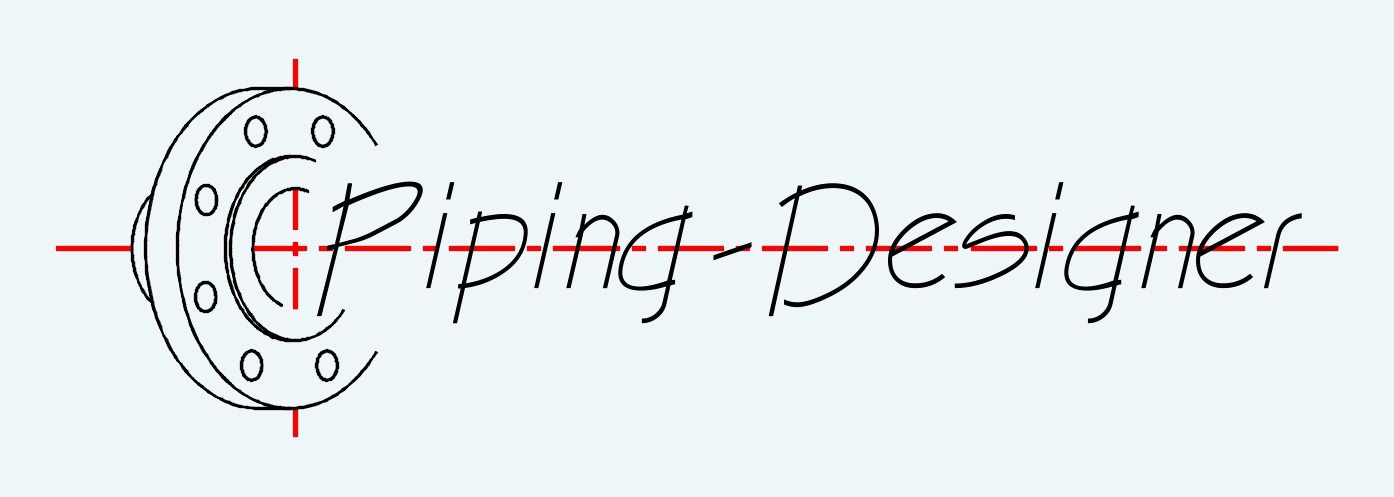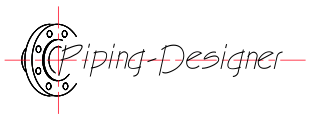Weber Number
Weber number formula |
||
|
\( We \;=\; \dfrac{ \rho \cdot v^2 \cdot l_c }{ \sigma }\) (Weber Number) \( \rho \;=\; \dfrac{ We \cdot \sigma }{ v^2 \cdot l_c }\) \( v \;=\; \sqrt{ \dfrac{ We \cdot \sigma }{ \rho \cdot l_c } } \) \( l_c \;=\; \dfrac{ We \cdot \sigma }{ \rho \cdot v^2 }\) \( \sigma \;=\; \dfrac{ \rho \cdot v^2 \cdot l_c }{ We }\) |
||
| Symbol | English | Metric |
| \( We \) = Weber Number | \( dimensionless \) | \(dimensionless\) |
| \( \rho \) (Greek symbol rho) = Fluid Density | \(lbm\;/\;ft^3\) | \(kg\;/\;m^3\) |
| \( v \) = Fluid Velocity | \(ft\;/\;sec\) | \(m\;/\;s\) |
| \( l_c \) = Characteristic Length | \( ft \) | \( m \) |
| \( \sigma \) (Greek symbol sigma) = Surface Tension | \(lbf\;/\;ft\) | \(N\;/\;m\) |
Weber number, abbreviated as We, a dimensionless number, is used in fluid mechanics, often useful in analysing fluid flows where there is an interface between two different fluids, especially for multiphase flows with strongly curved surfaces. It is a measure of the relative importance of the fluid's inertia compared the its surrface tension. The reason this number is important is it can be used to help analyze thin film flows and how droplets and bubbles are formed. The Weber number indicates how likely a fluid flow is to overcome surface tension forces. The magnitude of the Weber number provides insights into the behavior of the fluid in various situations.
The Weber number is essential in various fields, including fluid dynamics, engineering, and materials science, where understanding the interaction between fluid flow and surface tension is crucial. It helps predict and explain phenomena such as droplet formation in inkjet printing, spray painting, and the behavior of liquid fuel sprays in combustion processes.

